Postage Stamps from the Periphery, part I
Everyone needs to collect something. My mother collects bunny rabbit statuettes, my friend Kellan collects ridiculously large knives, and this one guy I knew in college collected his toenail clippings in a little model train car. I'm not about to wax philosophic about what drives people to collect things of a genre, however obscure or idiosycratic it may seem to others. Over the past few months I've begun a small collection of stamps initially focused on certain island states that I've had a weird fascination with since childhood; the focus of my collection has now expanded to include other tiny little countries and special economic zones around the globe.
I present the fruits of my philatelistic labors, starting with...
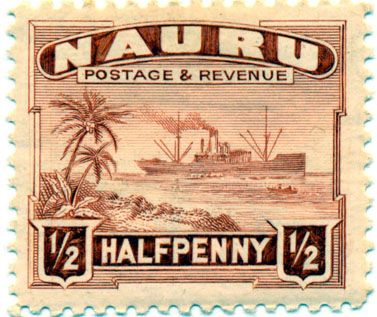
Poor little Nauru. Labelled on maps as "Pleasant Island" when it was discovered in the late 1700s, this small Pacific nation happened to be sitting atop the single purest source of phosphates in the world. The boom started around 1921 after it gained independence from Britain, and because of the phosphate mining the per capita GDP of the population was soon second only to Saudi Arabia. Now as those phosphates are becoming exhausted, Nauru's once beautiful interior has been transformed into a barren wasteland, never to be reclaimed and beset by packs of wild dogs. Heart disease has become the leading cause of death among modern Nauruans, often linked to obesity. The government of Nauru has tried one ridiculous scam after another to maintain its economic health, including a one-plane airline, a series of spurious international loans on which it has now defaulted, and now serving as a legally dubious refugee processing point for Third World nations as far-flung as Cuba, Afghanistan and Rwanda.
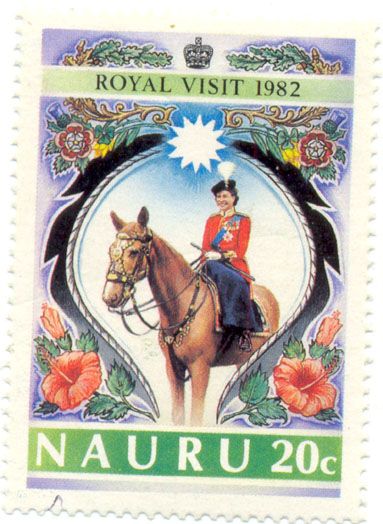
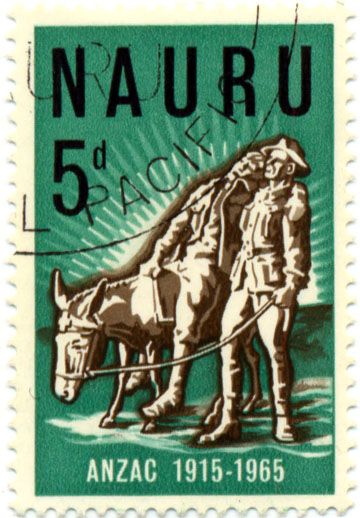
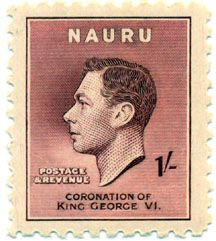
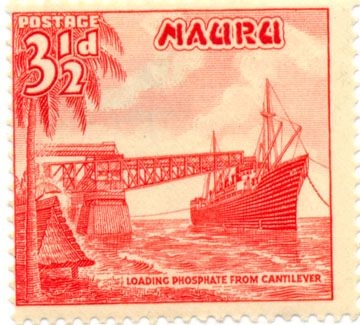
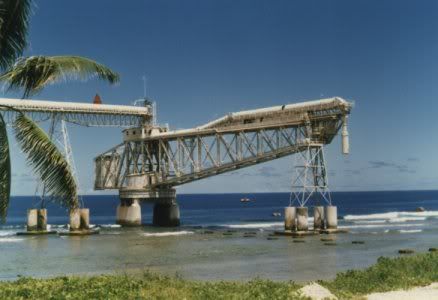
----------------------------------------------------
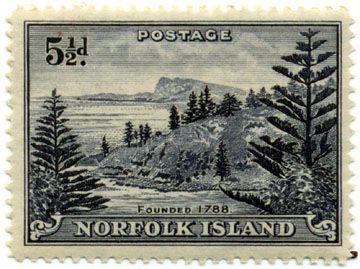
Discovered by Captain James Cook, the small volcanic island was named for the Duchess of Norfolk in 1789. Serving as an important resupply point and penal colony for the British Navy over the next two centuries, Norfolk Island is best known for the pine trees that bear its name today. These trees were of great importance to the nautical trade, as their height and strength made them ideal mast replacements. The island is now administered by Australia.
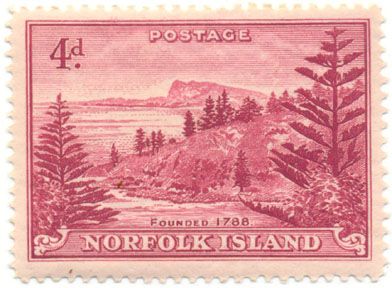
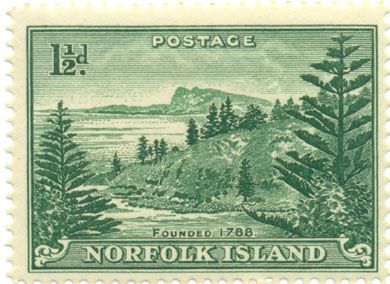
--------------------------------------------------
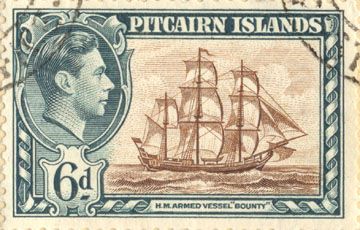
The Pitcairn Islands have the distinction of being one of the least-populated states in the world, with a population hovering around sixty. Moreover, the majority of these inhabitants are descended directly from the marooned mutineers from Captain Bligh's ill-fated expedition on the HMSBounty. Pitcairn is one of the last true socially "remote" islands in the world; the men of the island still row out to passing ships to collect mail and sell their goods (including stamps, most of which are extremely valuable), and many still retain the surname "Christian" after Fletcher Christian, the alleged leader of the mutiny. An amazing study of the mutiny and Pitcairn's history can be found here. The United Kingdom continues to retain Pitcairn as a colony of the Empire. The envelope pictured below is from the first release date of these stamps, complete with a postmark from the island. Sometimes I wake up in the middle of the night afraid that I spent way too much money on this. Whatever, it's fucking sweet.
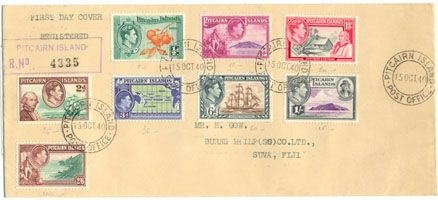
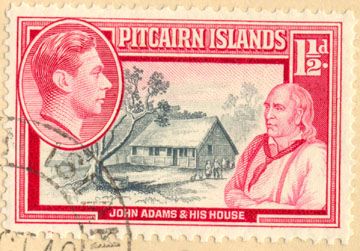
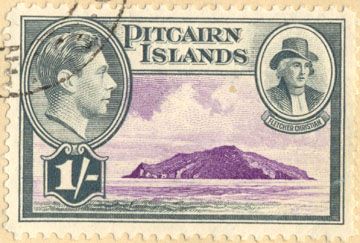

/...and a handsome devil.
-----------------------------------
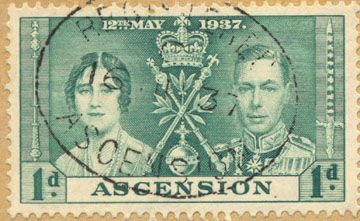
Ascension is technically one of the most remote inhabited islands in the world at roughly 800 miles from its nearest neighbor in the South Atlantic, St. Helena. The name comes from its discovery on Ascension Day (it's religious) in 1503 by Alfonso d'Albuqurque. Napoleon was temporarily exiled to Ascension in 1815, and over the next few decades the island became a key supply point for ships engaged in the suppression of the African slave trade. In 1899 the Eastern Telegraph Company used Ascension as a stopping point for a direct cable link between Britain to South Africa, and later laid the first trans-atlantic cable from the same station. The Company later became Eastern Cable and Wireless, and to this day employs the majority of Ascension's population (many serve parallel positions as company employees and government administrators). There is also a small US Air Force base on the island, as well as a NASA/ESA satellite tracking station. These are some of the older stamps that the government issued in the 1930s, although many of the more recent issues include pictures of satellite dishes and whatnot. God damn it I want to go there.
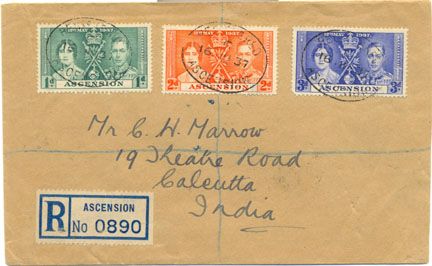
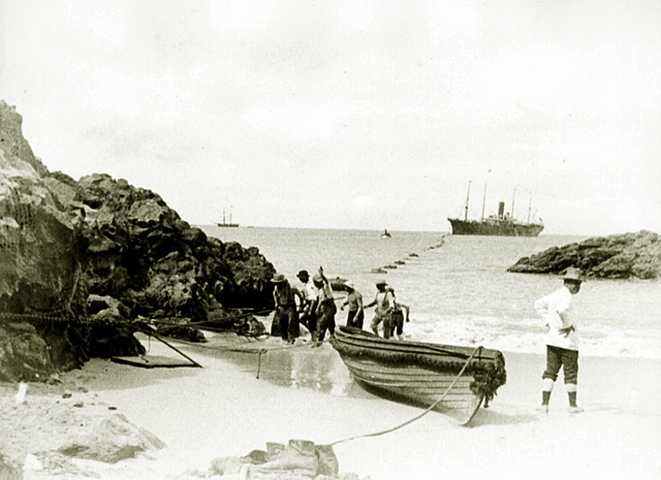
/the first cable comes ashore on Ascension.
--------------------------------------------
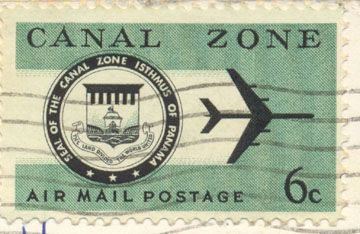
This one is self-explanatory, and look up the history yourself because I'm tired of typing.
--------------------------------------------



<< Home